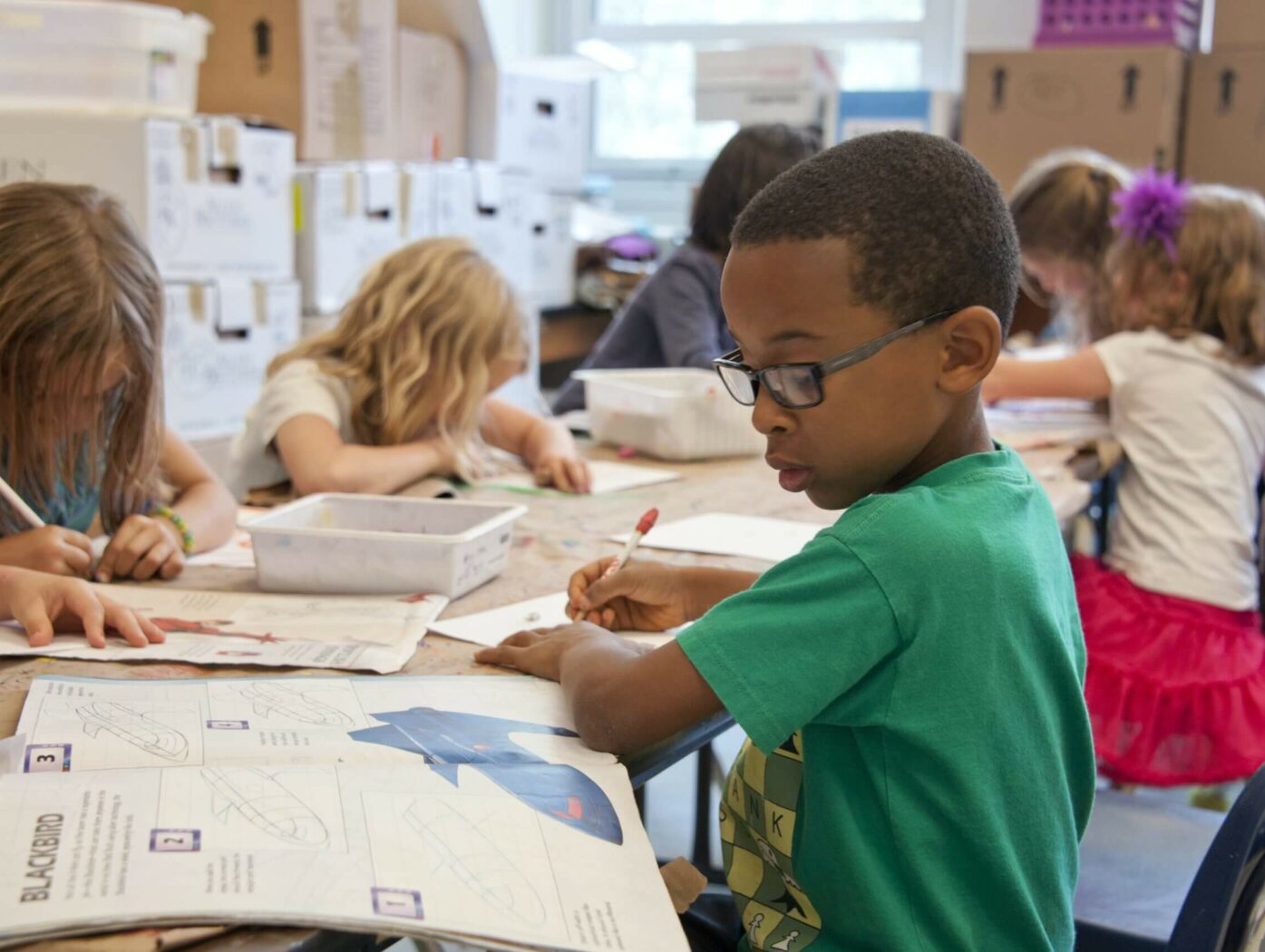Our Why: Investing in Education

The Challenge
We’ve all heard the expression “if you can read this, thank a teacher.” Yes, it’s a bit of a cliche, but it’s also true. If you’re here reading this, education has likely played a large role in your life. We don’t all, however, receive the same education. Many students, especially those from underserved populations, lack access to quality education, and significant learning gaps persist.
What’s the problem?
A global learning crisis is hindering sustainable development. Education is a key to escaping poverty, but millions of school-aged children around the world remain out of school. Of those who do attend school, far too many of them are not learning.
A lack of resources in underserved schools contributes to the learning crisis. Resources affect both the quality of the school and the education students are given, and segregated housing has facilitated and perpetuated unequal access to quality education for Black Americans.[1] In the U.S., racially segregated schools in areas of concentrated poverty have fewer resources, higher teacher turnover, and lower quality education.[2] Schools of majority-Black students also tend to have less experienced teaching staff and offer fewer advanced courses than other schools.[3]
A few fast facts:
- Worldwide, an estimated 617 million children and youth are unable to reach minimum proficiency levels in reading and mathematics, even though 2/3 of them are in school[4]
- In a 24-country comparative survey, only 12% of U.S. adults scored in the highest literacy proficiency levels and only 9% scored in the highest numeracy levels[5]
- The wealthiest 10% of U.S. school districts spend nearly 10 times more than the poorest 10%[6]
- Three out of four twelfth grade students and nine out of ten Black and Hispanic twelfth grade students are not writing at grade level proficiency[7]
And why should we care?
Access to quality education increases income, reduces inequalities, and breaks the cycle of poverty. Education provides people with the skills to live healthy and productive lives. Females in particular benefit from receiving a high-quality education. Better educated women tend to be healthier, have better jobs with higher incomes, marry later, have fewer children, and are able to provide their children with better health care and education.[8]
Education is not just good for individuals: it’s good for communities and for economies. Education is the foundation of community and societal development. Quality education empowers people with civic values and critical thinking skills that enable them to improve their communities.[9]
A few fast facts:
- Each additional year of education boosts a person income by 8-10%[10]
- A child with a literate mother is 50% more likely to live past the age of five[11]
- A Stanford economist estimated that the U.S. economy would grow 4.5% in the next 20 years if our students’ math and science skills were as strong as the rest of the world’s skill levels[12]
So what now?
There is good news. Global literacy and primary school enrollment rates have been dramatically increasing in recent years.[13] Technological advances are also profoundly changing education.[14] In the U.S., calls for racial equity in education have led to schools and educators re-examining curricula, reforming discipline policies, and implementing restorative justice models.[15] Significant challenges remain, of course, but inclusive and quality education for all is possible with increased global effort.
[1] https://www.brookings.edu/essay/homeownership-racial-segregation-and-policies-for-racial-wealth-equity/
[2] https://www.jchs.harvard.edu/research-areas/working-papers/shared-future-interdependence-housing-and-school-segregation
[3] https://www.ncbi.nlm.nih.gov/books/NBK223640/
[4] https://www.un.org/sustainabledevelopment/blog/2017/09/more-than-half-of-children-and-youth-worldwide-not-learning-unesco/
[5] https://www.oecd.org/skills/piaac/Country%20note%20-%20United%20States.pdf
[6] https://www.brookings.edu/articles/unequal-opportunity-race-and-education/#:~:text=In%20contrast%20to%20European%20and,1%20are%20common%20within%20states
[7] https://826national.org/the-truth-about-writing-education-in-america/
[8] https://www.worldbank.org/en/topic/girlseducation
[9] https://www.oecd.org/development/networks/NetFWD_PolicyNoteOnEducation.pdf
[10] https://blogs.worldbank.org/opendata/crisis-learning-9-charts-2018-world-development-report
[11] https://unesdoc.unesco.org/ark:/48223/pf0000190214
[12] https://hanushek.stanford.edu/sites/default/files/publications/Hanushek%202009%20HndbEducPolicyResearch.pdf
[13] https://ourworldindata.org/global-education
[14] https://www.usatoday.com/story/tech/2021/07/25/technology-changing-how-kids-learn-teachers-teach-education-system/7936443002/
[15] https://www.pbs.org/newshour/education/how-some-educators-are-teaching-antiracism-to-the-youngest-students
Investments in securities involves the risk of loss. Any mention of a particular security and related performance or impact data is not a recommendation to buy or sell that security. The information provided in the Uplifting Capital newsletter, podcast, social media channels or the www.upliftingcapital.com website (including any information that may be accessed through this website) is not directed at any investor or category of investors and is provided solely as general information.



